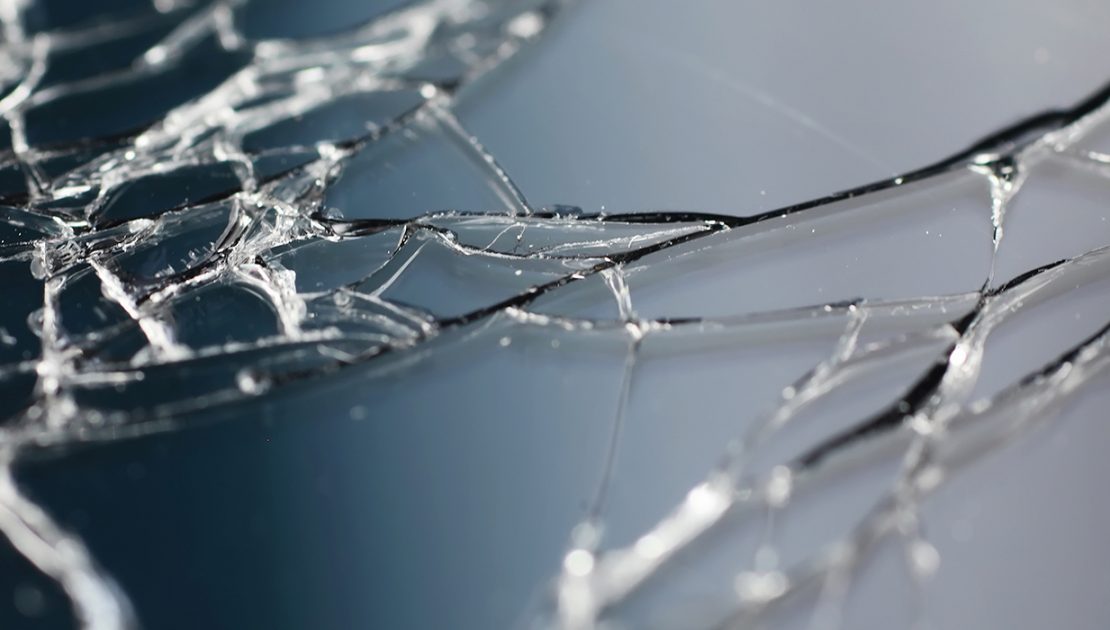A combination of various elements are needed to manufacture glass. Soda ash, lime and sand are the key elements used to manufacture glass; a particular mixture of these elements is heated at extreme temperatures until it melts down. The respective mixture then goes through a blowing and pressing process to become a glass we know. Ultimately, the glass will go through an annealing process (a reheating and cooling process). In fact, this process is the one that distinguishes standard glass from tempered glass.
What is the difference between a Tempered Glass and a Standard Glass?

- May 10, 2020
- Comments: 0
- Posted by: admin
Standard Glass
Generally, the annealing process of standard glass is speedier than the process with tempered glass. Standard glass manufacturers speed up the cooling process in order to produce more glass plies within a given time frame.
One of the most beneficial characteristics of standard glass is that they can be reworked. You can cut, polish (the edges), reshape or make holes in these standard glasses in terms of customization.
When handled properly, such customizations may not damage the glass. However, the most significant downside of the standard glass is that they are extremely fragile. This fragility is the end result of rapid annealing process. Generally, when a standard glass breaks apart, the end result will be large, dangerous and very sharp pieces of glass. The material can be exceptionally dangerous for both household and commercial properties considering danger it causes for occupants.
Tempered Glass
When it comes to tempered Glass, they have a great reputation in the industry for their safety. Because of its exceptionally safety, all the areas such as commercial and residential buildings, automobiles and equipment such as screens are made of tempered glass. Because of this very reason, tempered glass is known to be a safety glass in the industry. Upon an impact, unlike standard glass, tempered glass breaks down into tiny pieces that have relatively blunt edges. The secret behind this mechanism is its slow annealing process; tempered glass is allowed to cool down at its natural pace and hence the glass becomes stronger.
Tempered glass can tolerate heavier impacts and scratches than the standard glasses. In addition to that, when it breaks down due to a considerable impact, this type breaks down evenly and minimizes injuries. The main (probably the only) downside of the tempered glass is that you can’t rework it. Though tempered glass is strong, you need to handle them with care when moving, loading and unloading.
Conclusion
A combination of various elements are needed to manufacture glass. Soda ash, lime and sand are the key elements used to manufacture glass; a particular mixture of these elements is heated at extreme temperatures until it melts down. The respective mixture then goes through a blowing and pressing process to become a glass we know. Ultimately, the glass will go through an annealing process (a reheating and cooling process). In fact, this process is the one that distinguishes standard glass from tempered glass.
